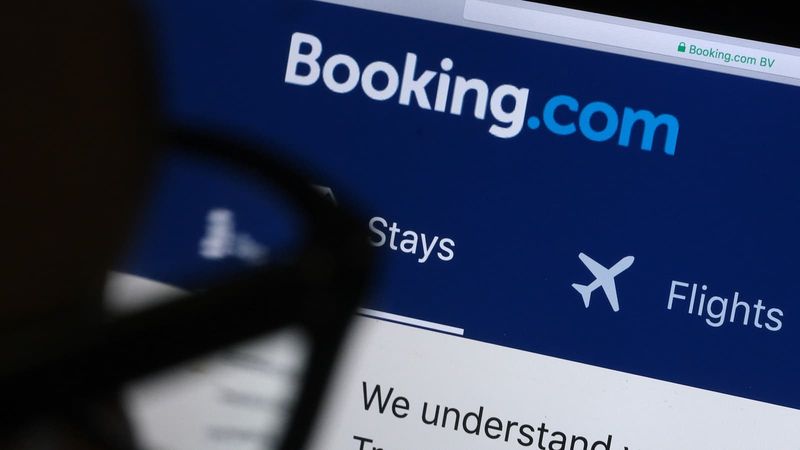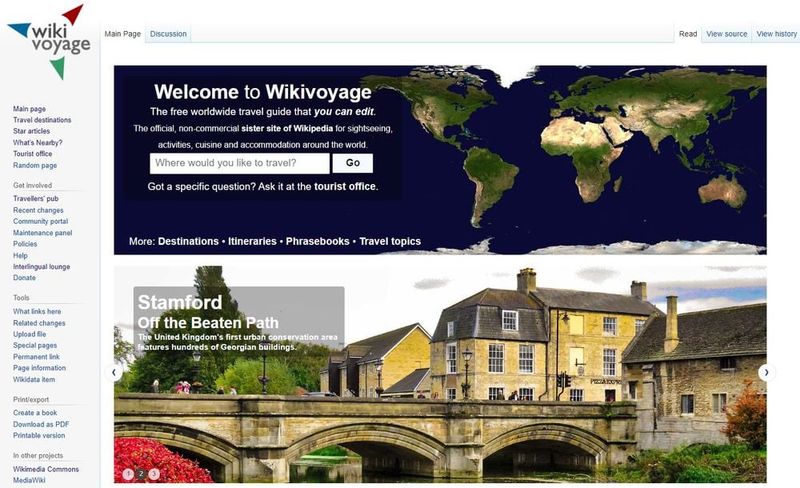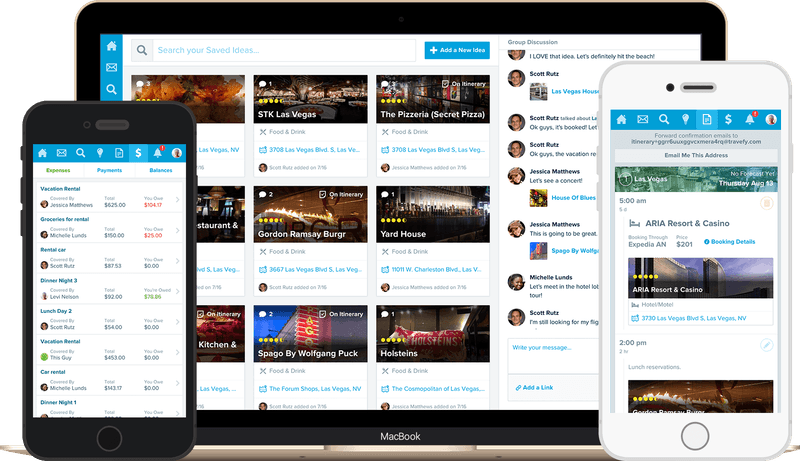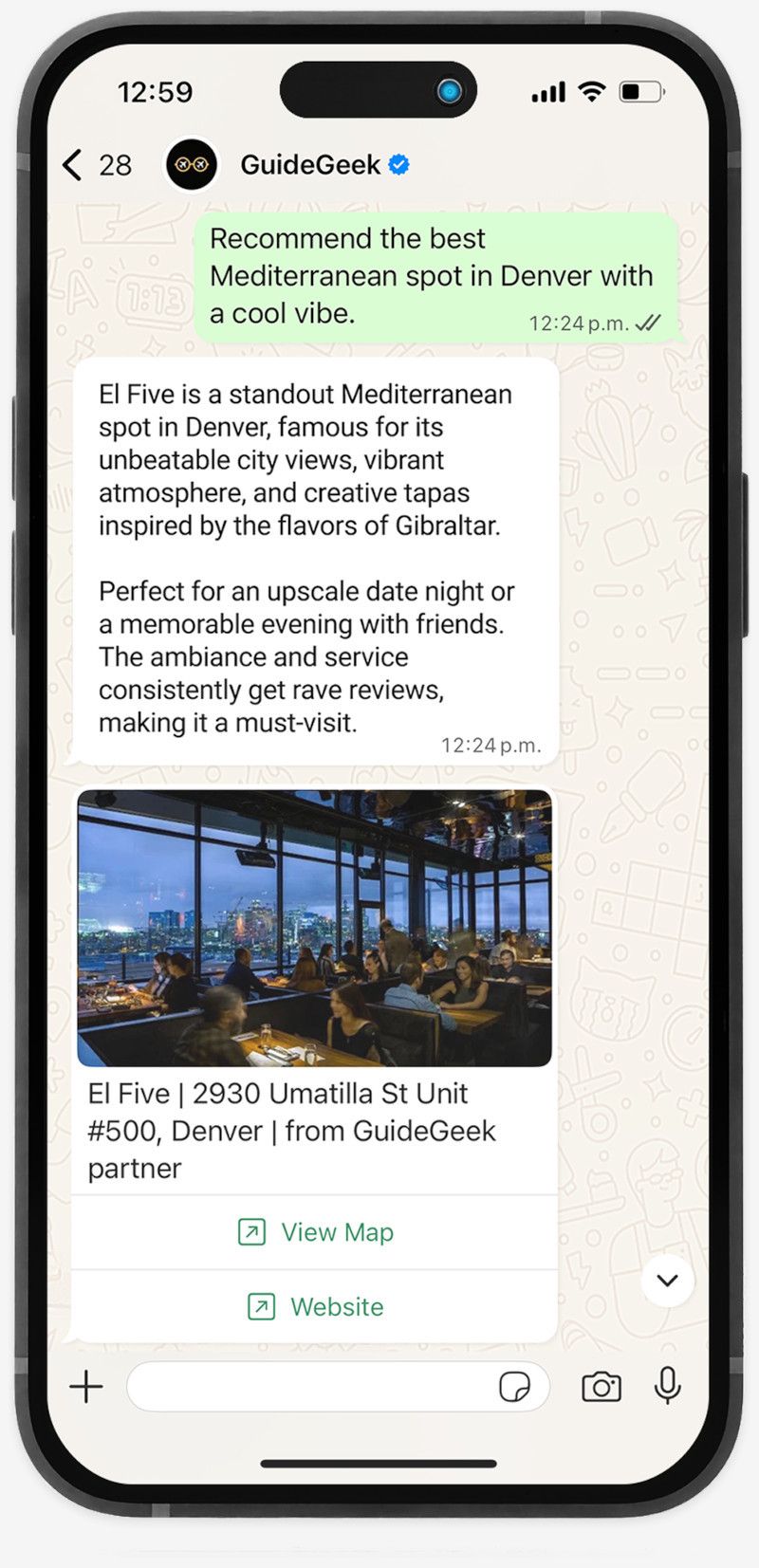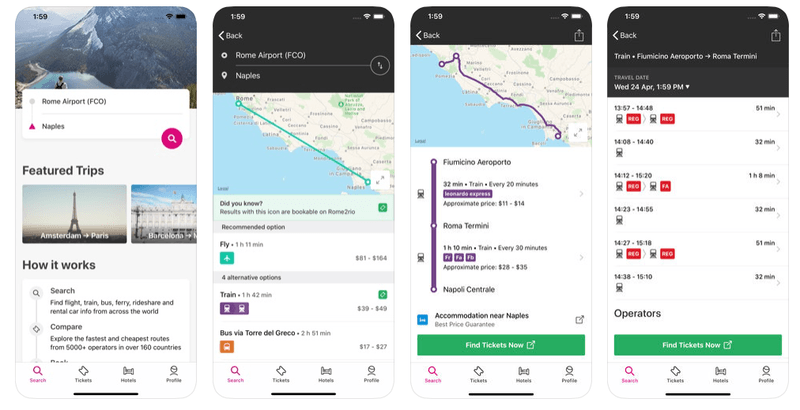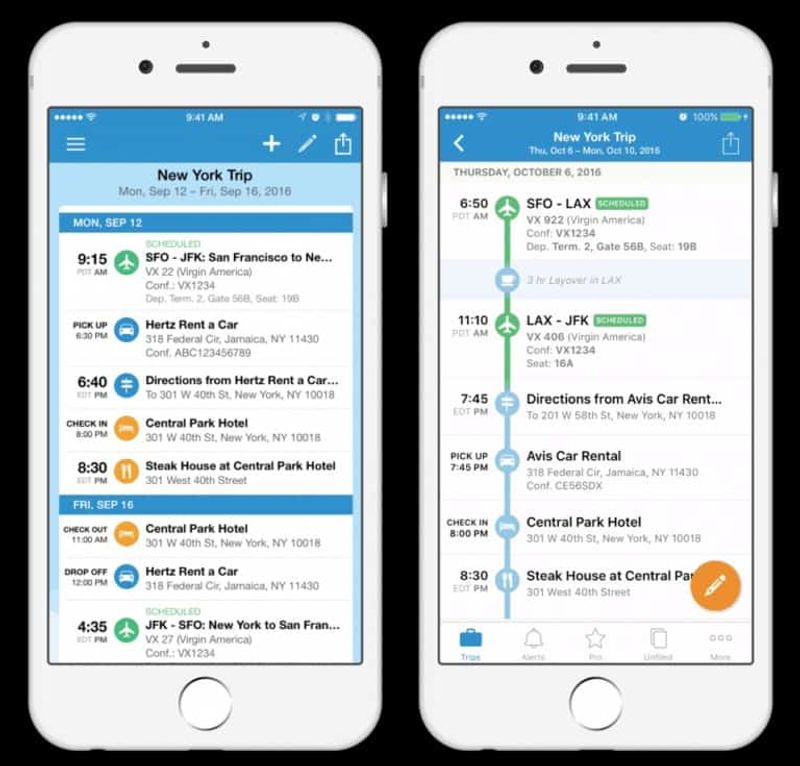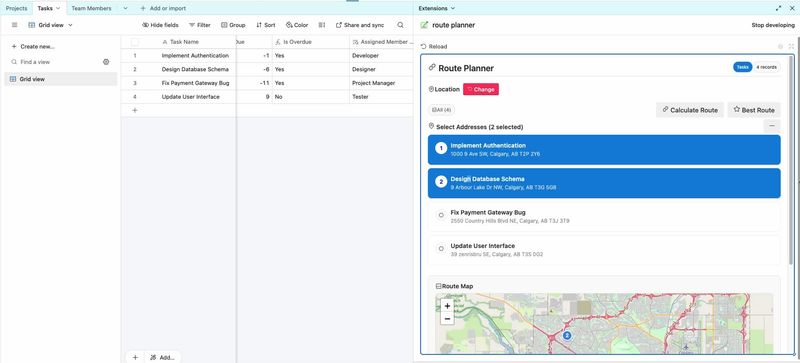Planning smarter trips starts with the right tools. We asked travel pros which resources they actually rely on, then ranked the standouts for flights, stays, transport, and on-the-ground insights. From AI price predictions to community-built guides, these platforms cut noise and save time. Dive in to discover exactly how each one helps you travel better, cheaper, and with more confidence on your next journey.
1. Skyscanner
Skyscanner is a favorite among travel pros for flexible search and transparent pricing. Its Everywhere search inspires spontaneous trips by surfacing the cheapest destinations from your home airport. Set price alerts to track fare drops, compare multi-city itineraries, and leverage month-view to pinpoint the most affordable dates. It also covers hotels and car rentals, but shines brightest for flights, including budget carriers that some sites miss. Recommended by tomsolotravels.com, GoAbroad, and ZVTravel as perfect for budget-conscious adventurers, it’s a reliable launchpad for planning. Use it to scan options quickly, then decide when and where to book with confidence.
2. Hopper
Hopper uses predictive analytics and AI to forecast flight and hotel prices, telling you whether to buy now or wait. Its color-coded calendar and notifications make timing bookings simple, and the Price Freeze feature can lock fares while you decide. Pros appreciate its cancellation flexibility tools and clear buy-wait guidance that demystifies volatile pricing. Hopper also offers optional protections and rewards that can offset fees if used strategically. Endorsed by GoAbroad and Trip Travel Guru, it’s a strong companion for travelers who hate guessing. For best results, watch routes early and act when the app signals an ideal purchase window.
3. Booking.com
Booking.com remains a go-to for accommodations thanks to vast inventory, helpful filters, and flexible cancellation policies. Pros highlight its user reviews, map tools, and Genius loyalty perks that surface solid value. Whether you want apartments, boutique hotels, or hostels, the platform’s breadth is hard to beat. It integrates free-cancellation options and pay-at-property listings that reduce risk on changing plans. Cited by TravPaths and The Road to Timbuktu as a main trip-planning tool, it’s especially useful for complex itineraries requiring multiple stays. Use filters for breakfast included, walkability, and transit proximity to nail down practical choices that fit your budget and style.
4. Airbnb
Airbnb opens the door to authentic stays, from city lofts to countryside cottages and longer-term rentals. Pros use it to access neighborhoods hotels miss, often with kitchens, laundry, and workspace amenities that support extended trips. Experiences can add local flavor, though quality varies, so vet reviews carefully. It’s frequently recommended in travel app roundups and by tomsolotravels.com for independent travelers. Pay attention to cleaning fees, house rules, and location accuracy to avoid surprises. For best results, message hosts with specific questions, verify Wi-Fi speeds when needed, and filter for Superhosts. Airbnb adds personality and flexibility to trips when chosen thoughtfully.
5. Hostelworld
Hostelworld is the go-to platform for budget travelers and backpackers seeking social, affordable stays worldwide. It offers detailed hostel info, dorm and private room options, and traveler reviews that highlight vibe and amenities. Pros appreciate the app’s social features and reliable inventory in classic backpacker hubs. Recommended by GoAbroad and appearing across budget travel lists, it’s ideal for meeting people and keeping costs low. Use filters for female-only dorms, lockers, and late check-in if you arrive off-hours. Read recent reviews for cleanliness and staff ratings. Hostelworld helps you balance price, community, and location without sacrificing essential comfort.
6. TripAdvisor
TripAdvisor remains one of the largest sources of crowd-sourced reviews for hotels, attractions, restaurants, and tours. Pros rely on it to gather diverse opinions and identify consistent themes across thousands of comments. Sort by traveler type to spot what matters for families, solo travelers, or business trips. It’s especially useful for comparing tour providers and cross-checking ratings with other platforms. GoAbroad and IMean AI note its value for variety and depth of perspective. Always read a mix of recent and critical reviews for balance. Pair TripAdvisor insights with mapping tools to plan days efficiently and avoid overhyped stops.
7. Wikivoyage
Wikivoyage is a free, community-maintained global travel guide focused on practical, non-commercial advice. Pros turn to it for itinerary ideas, neighborhood breakdowns, transport tips, and safety notes without heavy advertising distractions. Destination pages often include detailed logistics, from airport transfers to local customs and budget ranges. Because volunteers update content, strengths vary by region, but many entries are surprisingly thorough. Start with top-level country pages, then drill into cities and districts. Cross-reference with official transit sites to confirm schedules. If you value straightforward, crowd-written insights and budget-friendly planning, Wikivoyage is a reliable second opinion before finalizing your plans.
8. The Man in Seat Sixty-One
The Man in Seat Sixty-One is the definitive guide to train travel, especially across Europe and long-distance international routes. Created by rail expert Mark Smith, it details timetables, booking quirks, scenic routes, and how to avoid pitfalls. Pros love its structured advice on sleeper options, rail passes, and crossing borders without flying. It’s invaluable for eco-minded travelers or anyone who prefers slower, scenic journeys. The site links to official operators and shows sample fares, helping you compare booking paths. Use it alongside national rail sites for availability. For complex overland trips, this resource dramatically reduces planning uncertainty.
9. Travefy
Travefy streamlines itinerary building for individuals, groups, and travel pros. Create shareable day-by-day plans with documents, reservations, maps, and notes in one place. Pros value collaboration features that keep everyone aligned and reduce inbox chaos. It can track shared costs, centralize supplier details, and present polished client-facing itineraries. While popular with agencies, independent travelers also benefit when coordinating complex trips. Export options and mobile access make on-the-go updates painless. Referenced on Wikipedia and used by industry practitioners, Travefy excels at organization. If your group keeps losing confirmations and links, this tool becomes the trip’s single source of truth.
10. GuideGeek
GuideGeek is an AI-powered travel assistant by Matador Network that builds personalized itineraries via WhatsApp, Instagram, or Messenger. Ask for routes, attractions, hidden gems, or dining tailored to your preferences and pace. Pros like its instant answers and evolving suggestions during a trip. Recognized by Fast Company, it’s gaining traction with modern travelers who want quick, conversational planning. Combine it with mapping apps for navigation and booking platforms to lock reservations. As with any AI tool, verify hours and links before committing. GuideGeek’s strength is fast ideation and curation, helping you move from vague ideas to actionable plans.
11. Rome2Rio
Rome2Rio maps how to get from point A to B across planes, trains, buses, ferries, and rideshares. Enter any two places and see route options, estimated times, and ballpark costs in one view. Pros use it to compare multimodal journeys and uncover connections they hadn’t considered. It links to operators for booking and helps visualize overland alternatives to flying. Trip Travel Guru and The Road to Timbuktu call it essential for planning. Validate schedules directly with providers, as times and prices can change. For complex routes, Rome2Rio is the quickest way to understand your realistic transport choices.
12. TripIt
TripIt turns your inbox into a tidy itinerary by parsing confirmation emails for flights, hotels, and activities. Forward bookings and get a master plan with times, confirmation numbers, and maps. Pros like TripIt Pro for real-time alerts, fare monitoring, and alternate flight suggestions. It’s ideal for keeping everything in one place during multi-stop trips. Recommended by TravPaths and Society of Everywhere, the app simplifies coordination across calendar and devices. Share plans with travel partners to reduce confusion. TripIt’s strength is structure and reliability, making it a dependable hub that keeps your travel day running smoothly and on schedule.
13. Culture Trip
Culture Trip surfaces local, culturally rich recommendations curated by writers and residents. Pros use it to find distinctive neighborhoods, independent eateries, and art-forward experiences beyond standard tourist lists. Articles often balance context with practical tips, helping travelers plan meaningful days. It’s especially helpful when you want depth without spending hours researching. Cross-reference with maps and local calendars to time exhibits or festivals. While not exhaustive, the editorial curation keeps quality high. For inspiration that leans authentic and creative, Culture Trip is a reliable spark that turns generic itineraries into memorable, place-driven journeys.
14. Airtable (via travel planners)
Airtable isn’t travel-specific, but pros swear by it for custom planning databases. Build tables for budgets, activities, packing, and reservations, then link records and add attachments. Views like Kanban, calendar, and gallery make organizing complex trips intuitive. Society of Everywhere recommends it as a flexible backbone for trip logistics, especially for group coordination. You can share bases, track payments, and tag priority tasks. Integrations with forms and automations reduce manual effort. If spreadsheets feel limiting, Airtable’s relational structure gives you power without steep complexity, keeping your planning transparent and adaptable from ideation to departure.
15. TravelLady
TravelLady is a long-standing online travel magazine featuring articles, destination advice, and niche travel topics from many contributors. Pros value its breadth of voices and practical tips that go beyond listicles. You’ll find seasoned perspectives on cultural etiquette, offbeat itineraries, and safer solo travel ideas. The archive is deep, making it a good resource for inspiration and research. While not a booking tool, it complements planning by broadening context and offering angles you might miss. Use it early in ideation to spark routes and themes. Then bring those ideas into your preferred planner to execute details.



